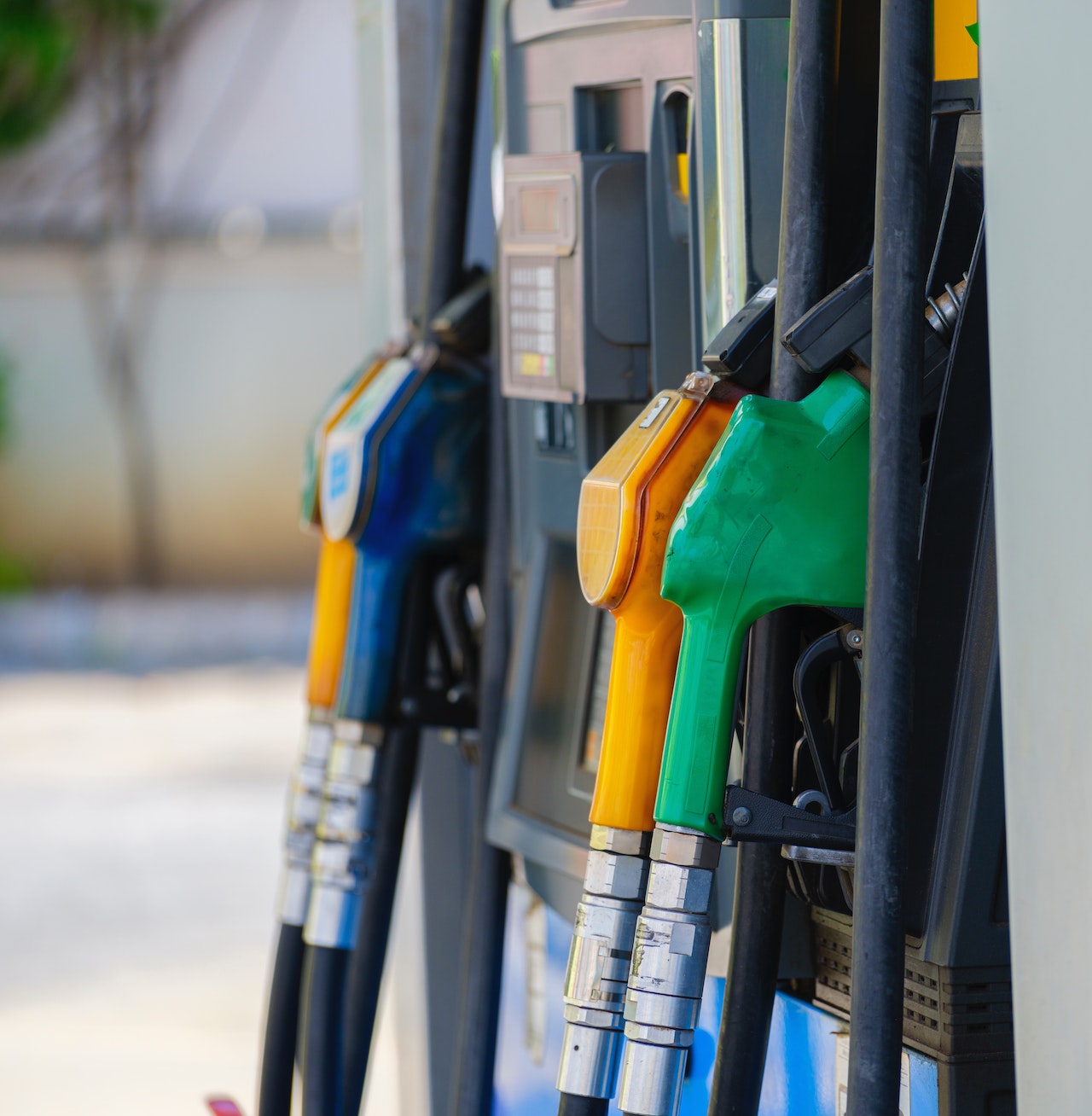The United States witnessed an unprecedented surge in gasoline prices, hitting an all-time high of $5 per gallon last June, as geopolitical unrest, particularly Russia’s actions in Ukraine, reverberated through global markets, stoking supply concerns and consumer anxieties. After a subsequent dip to around $3.25 at the year’s onset, gasoline prices have once again begun to climb, currently hovering at approximately $3.85 per gallon, a figure uncomfortably close to the critical $3 threshold. This resumption of price volatility is prompting a perceptible shift in consumer sentiments and raising challenges for President Joe Biden’s energy-focused agenda.
US Gasoline Prices – Geopolitical Factors and Future Projections
The initial skyrocketing of gasoline prices last summer was intrinsically linked to the escalating tensions arising from Russia’s military involvement in Ukraine. The resulting market unease rippled through various economies, sparking fears of potential disruptions in fuel supply chains. However, a semblance of relief emerged as the United States strategically tapped into its strategic oil reserves, temporarily stabilizing the supply and contributing to a subsequent moderation in prices.
President Biden, whose focus on clean energy has been a hallmark of his administration, now finds himself grappling with the unwelcome resurgence in gasoline prices. The current standing, at around $3.85 per gallon, is renewing consumer concerns about the potential for escalating fuel costs, and the tangible fear of an impending spike is palpable once again. This renewed apprehension over affordability threatens to reshape consumer behaviors and attitudes.
Experts and analysts forecast that gasoline prices will likely stabilize within the range of $3.50 to $3.60 per gallon in the upcoming years.However, the specter of geopolitical maneuvering casts a looming shadow over these projections. The possibility of a substantial production cutback by nations like Russia or Saudi Arabia remains a potent wildcard, with the potential to send gasoline prices soaring and inject a new dimension of volatility into an already intricate equation.
Biden’s Energy Agenda and Economic Considerations
In the realm of US fossil fuel production, President Biden holds a distinctive card. Recent data reveals that US crude oil production has surged to an impressive 12.8 million barrels per day. While the Biden administration has underscored its commitment to transitioning toward cleaner energy sources, it also acknowledges the ongoing role of fossil fuels in maintaining national energy security during the transitional phase.
Crucially, the stability of gasoline prices has become a focal point of President Biden’s strategic considerations leading up to potential re-election. As long as fuel prices remain steady and affordable, President Biden can leverage the current foundation of fossil fuel stability to buttress his political standing. However, the unpredictability inherent in energy markets underscores the vulnerability of this advantage, with unforeseen price shocks capable of upending carefully laid plans.
In the months ahead, the trajectory of gasoline prices remains an enigma, with uncertainty prevailing as the presidential elections loom. Regardless of the specifics, President Biden is poised to navigate the intricacies of potential energy price fluctuations, a task that carries significant implications for his aspirations of securing another term in the White House.
Source: Yahoo Finance



